Horticulturists Share 9 Uses For Ashes In The Garden That Might Surprise You


Elizabeth is a Permaculture Garden Designer, Sustainability Consultant and Professional Writer, working as an advocate for positive change. She graduated from the University of St. Andrews with an MA in English and Philosophy and obtained a Diploma in Applied Permaculture Design from the Permaculture Association.
Reviewed By DAN ORI

Dan has over 27 years’ under his belt caring for plants and gardens. Working as a Horticultural Instructor and Consultant, he draws on a diverse range of experience that includes working as a Head Gardener, Tree Surgeon, Garden Centre Trouble Shooter, and writer of academic papers. Dan has a Level 3 Diploma in Horticulture and is currently a candidate for the RHS’s most prestigious award – The Master of Horticulture.
If you have a fire or stove, you might be wondering whether you can make use of the ashes in your garden.
The answer to whether you can use ashes in your garden very much depends on what has been burned.
Ashes from a fire burning coal, coke or other fossil fuels cannot typically be used in the garden.
Smokeless fuel ashes are also not suitable for use in a garden.
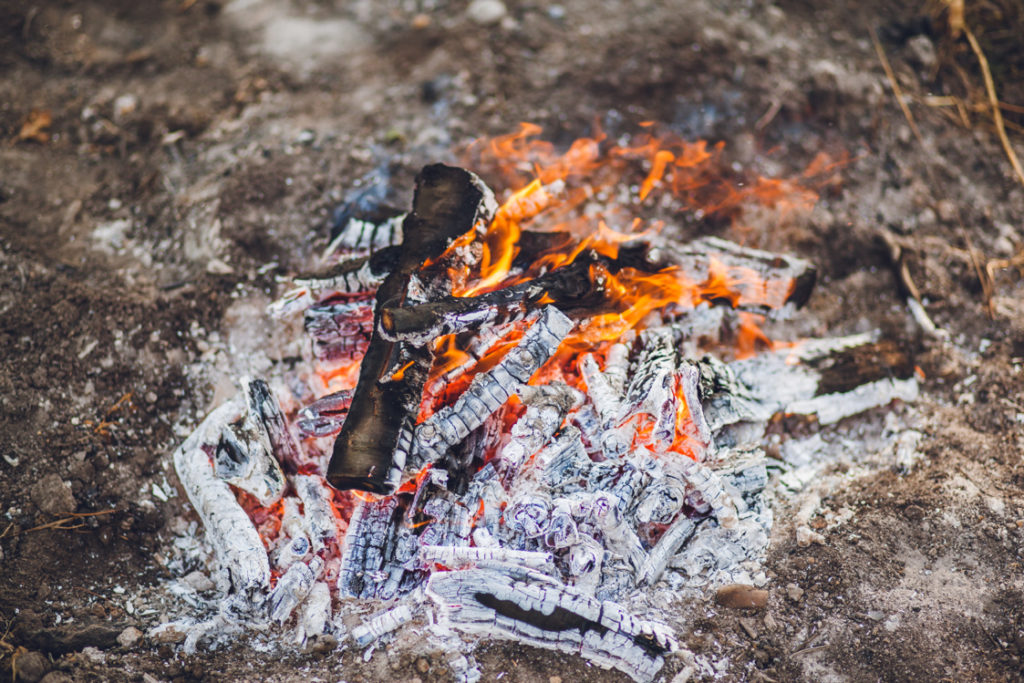
Ashes from a coal or smokeless fuel fire should not be added to your garden as they contain a variety of trace elements and heavy metals that should not be used anywhere near where food is grown, and which may pose a threat to the environment.
If, however, you only burn pure, untreated wood in your fireplace, wood burner or stove then the answer is yes, you certainly can use ashes in the garden.
In fact, they have a range of interesting uses, but you do have to be careful about how and where you use them.
Here are several ways you can use wood ash in your garden:
1) Add To A Composting System
Wood ash is a wonderful addition to a composting system – but only in moderation.
The key thing to remember is that wood ash is a very alkaline substance and will make the compost more alkaline.1Jackson, A. C., & Odom, C. (2021). Wood ash and water: Cause of superficial alkaline burns in a toddler. Pediatric Dermatology, 38(4), 973–974. https://doi.org/10.1111/pde.14645
Sprinkling some wood ash into a composting system can help in adding potassium and other nutrients to the mix, but it is important not to add too much in one go.

It is generally best to make sure that wood ash does not make up more than 5% of the compost and, of course, ashes must be cooled first.2Guide to Using Wood Ash as an Agricultural Soil Amendment. (n.d.). Extension Field Specialist. Retrieved March 9, 2023, from https://extension.unh.edu/sites/default/files/migrated_unmanaged_files/Resource004042_Rep5718.pdf
Make sure the wood ash is well mixed with plenty of other brown (carbon-rich) and green (nitrogen-rich) organic materials.
2) To Amend Acidic Soil
As mentioned above, wood ash is an alkaline substance, and if you have acidic soil, wood ash can be added to the garden to reduce acidity.
Acidic soil is not necessarily a problem, and in fact, very slightly acidic soil is optimal for most plants, but if you have acidic soil with a pH of 5.5 or lower then you may wish to amend it in order to improve nutrient availability and increase the number of plants that can be grown.

Wood ash can be used to raise the pH of the soil in much the same way as lime can.
It is typically spread directly on the soil in the late winter.
The RHS says it should typically be added at a rate of between 50 and 70g per square metre.3Wood ash: using in the garden. (n.d.). Royal Horticultural Society. Retrieved March 9, 2023, from https://www.rhs.org.uk/soil-composts-mulches/wood-ash-using-in-garden
3) Spread On A Vegetable Garden
Adding wood ash to a vegetable garden may be particularly beneficial where club root of brassicas is a problem.
However, remember that though high acidity in soil can be a problem, high alkalinity can be a problem too.
It is important to test soil pH before and regularly after applying wood ash to make sure that the pH does not become too high.

Remember, not all plants will benefit from more alkaline conditions.
Potatoes, for instance, can be more prone to potato scab in areas with alkaline pH levels, so it is not a good idea to add wood ash to an area where potatoes are to be grown in the following year.
4) As An Organic Fertiliser
The nutrients that wood ash will contain will depend on the specific wood that was burned, and its age.
As a general rule, older wood contains lower concentrations of nutrients than young sap-filled prunings that might be used as kindling.
However, since wood ash will usually contain useful levels of potassium (on average around 3%), and other plant nutrients and minerals, this means that it can be useful in small quantities as an organic fertiliser.4Dampier, J. (n.d.). Using Wood Ash in the Home Garden. Wisconsin Horticulture. Retrieved March 9, 2023, from https://hort.extension.wisc.edu/articles/using-wood-ash-in-the-home-garden/
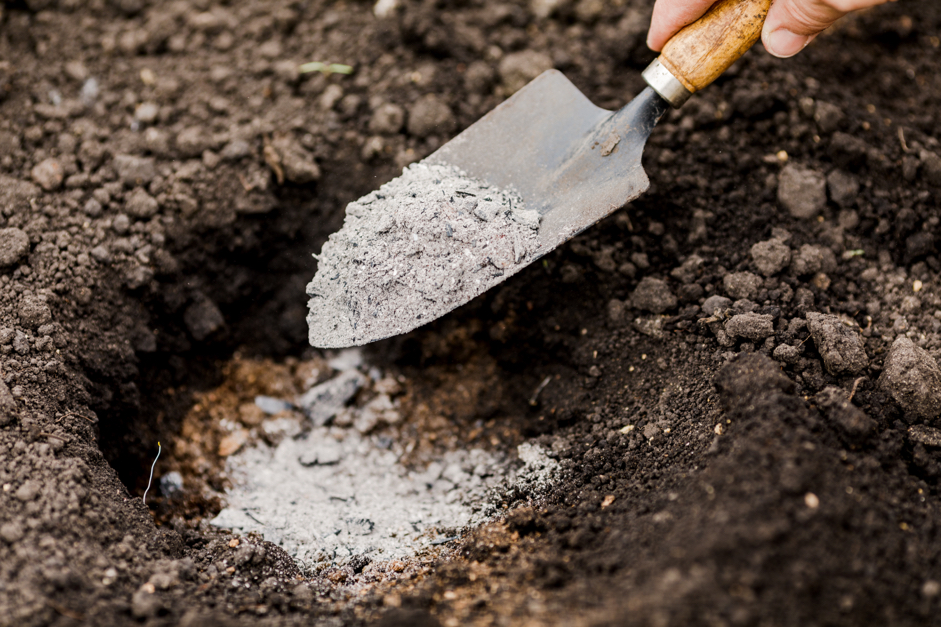
Small pieces of charcoal that may be present in wood ash can also work like little sponges, absorbing water and nutrients and keeping it around in the soil.
Placing charcoal within a nutrient-rich environment makes biochar, which is a useful soil amendment that also helps keep carbon in the soil.
Remember, however, that this alkaline substance can change the pH of the soil, so it is important to be careful not to use it excessively, or where the soil is already highly alkaline.

Certain plants will benefit more than others from the addition of wood ash.
Just remember not to add it around plants like blueberries and cranberries, or other plants which like acidic growing conditions.
5) To Melt Ice On Paths And Patios
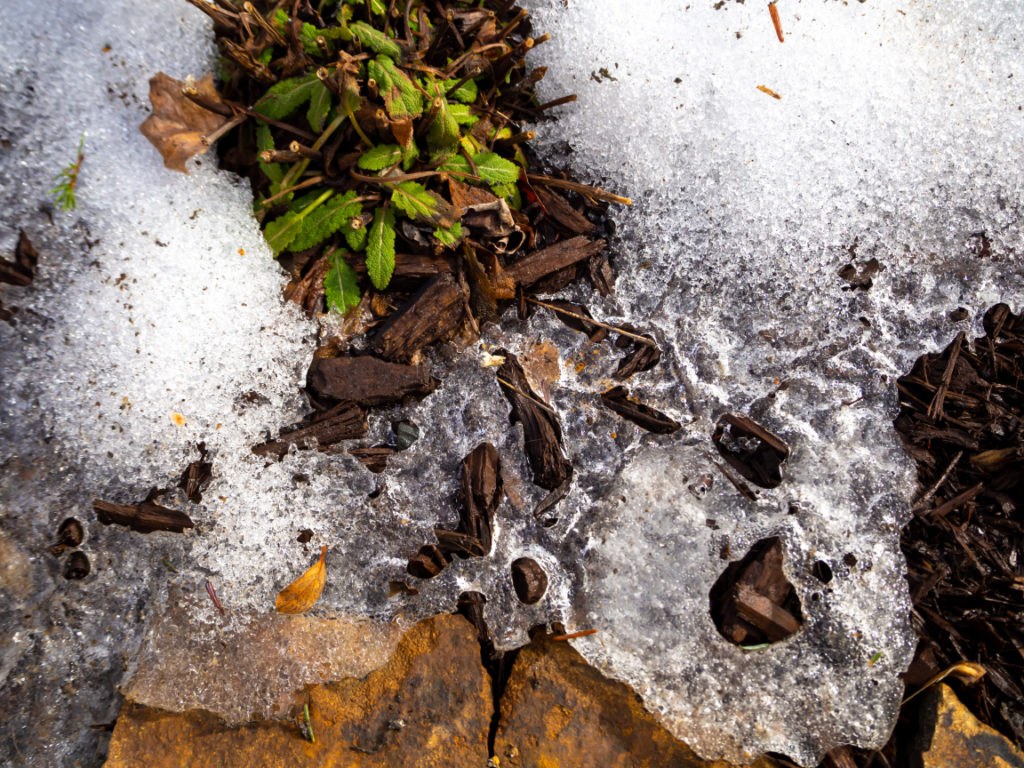
While it may become a bit messy, wood ash can also be sprinkled on paths and patios to melt ice and eliminate slipping hazards.
Many people will use rock salt, but this is not the best thing for the environment.
Rock salt has high concentrations of salt which can kill nearby plant life and may have a detrimental effect on wildlife.5Queensland, C. O. S. O. (2013, October 1). Impacts of salinity. Queensland Government. Retrieved March 9, 2023, from https://www.qld.gov.au/environment/land/management/soil/salinity/impacts
6) To Clean Greenhouse Glass
A paste of wood ash can also be a rather effective cleaner.
You may already know that smearing wood ash on the glass doors of a stove can get rid of any stubborn build-up, but you might also use the wood ash to get rid of any stubborn dirt on the windows of your greenhouse.
7) To Keep Garden Tools Clean
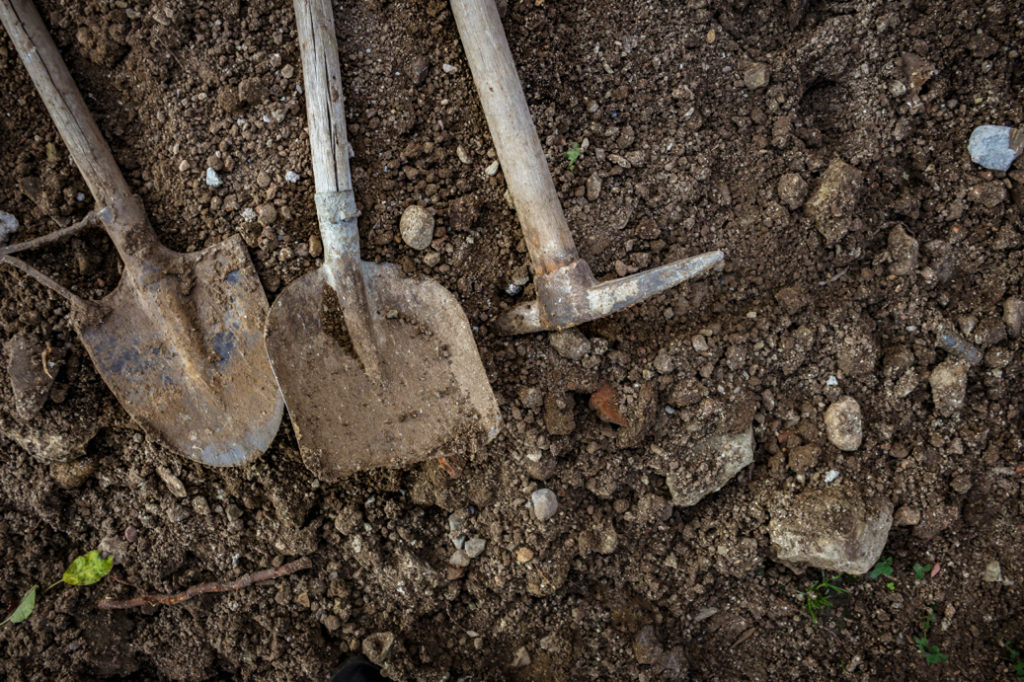
Wood ashes qualities also mean that they can help you to keep your garden tools clean.
Scrub to remove any stubborn dirt, then rinse, dry and where necessary, oil tools to keep them in good condition between uses.
8) To Clean A Barbecue
Another place where wood ash can come in handy for cleaning is on a barbecue grill or the grill over a fire pit.
Scrubbing with the ashes can help you keep the area clean and get rid of any stubborn grease and burnt material.
9) To Protect Stored Seeds
Wood ash also has absorbing properties, so it can be useful to gardeners in keeping things dry in humid conditions.
In particular, gardeners who save their own seeds may find it useful to sprinkle a little wood ash in with their stored seeds to prevent any problems with moisture and rotting.
However, their use in seed storage is not always favoured by some Horticulturists such as Dan Ori:
“It’s subjective that ashes would be beneficial for seed storage.
“Personally, I advise against it as compounds may inhibit germination, introduce contaminates, and create potential pest habitat.”
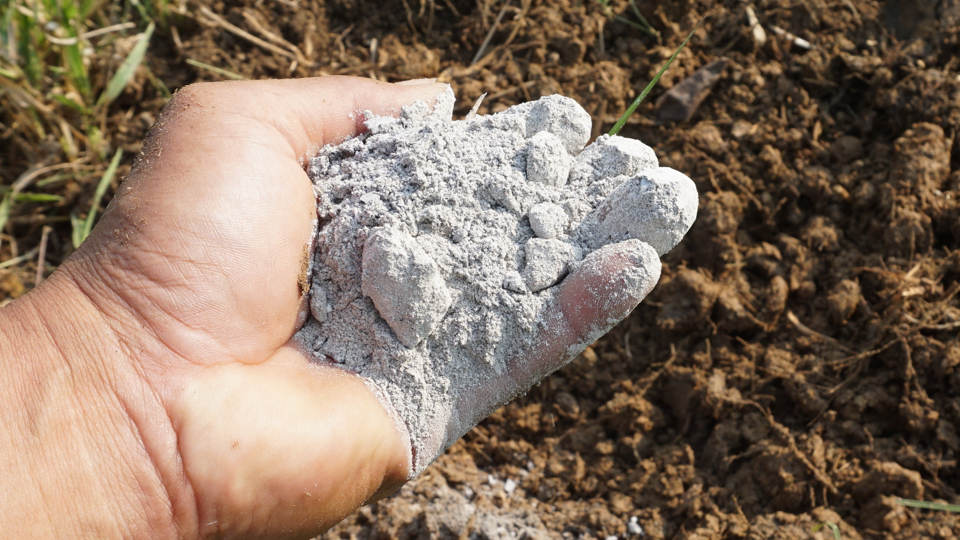
As you can see from the above, wood ash has a wide range of uses in the garden.
One thing to note, however, is that while some people say that wood ash can also be used for pest control, repelling slugs, snails, rodents and a range of other pests, the pest control potential of wood ash is definitely overstated.
Slugs happily cross wood ash, in spite of claims, and they certainly lose all efficacy against soft-bodied pests once even the slightest bit wet.
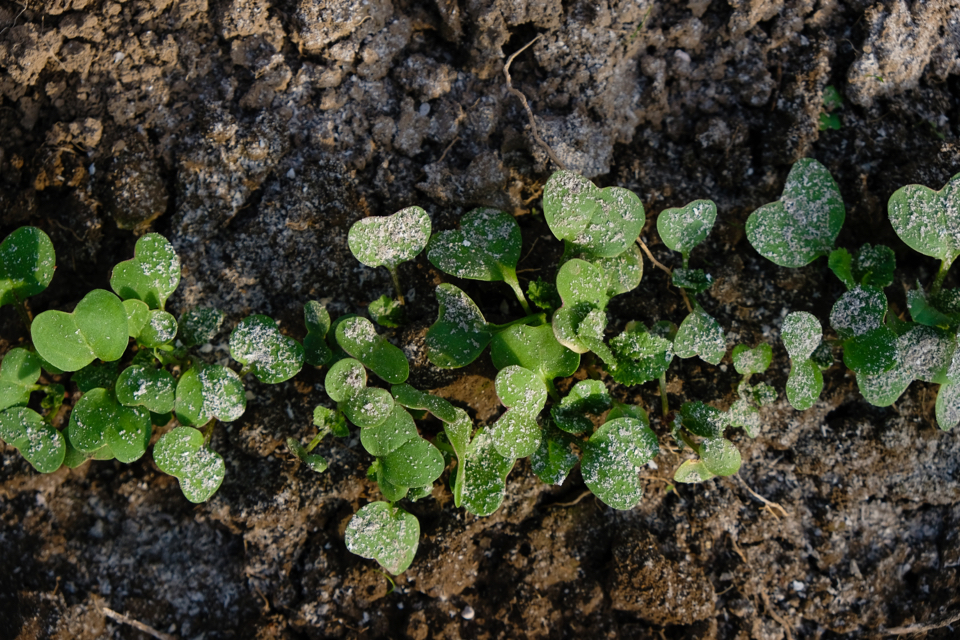
While wood ash can be used in the garden, in most locations, it is unlikely that you will be able to use as much as you generate over the course of the winter months.
Fortunately, there are plenty of other ways to make use of wood ash inside your home, including soap making, cleaning, polishing silver, deodorising and more.
References
- 1Jackson, A. C., & Odom, C. (2021). Wood ash and water: Cause of superficial alkaline burns in a toddler. Pediatric Dermatology, 38(4), 973–974. https://doi.org/10.1111/pde.14645
- 2Guide to Using Wood Ash as an Agricultural Soil Amendment. (n.d.). Extension Field Specialist. Retrieved March 9, 2023, from https://extension.unh.edu/sites/default/files/migrated_unmanaged_files/Resource004042_Rep5718.pdf
- 3Wood ash: using in the garden. (n.d.). Royal Horticultural Society. Retrieved March 9, 2023, from https://www.rhs.org.uk/soil-composts-mulches/wood-ash-using-in-garden
- 4Dampier, J. (n.d.). Using Wood Ash in the Home Garden. Wisconsin Horticulture. Retrieved March 9, 2023, from https://hort.extension.wisc.edu/articles/using-wood-ash-in-the-home-garden/
- 5Queensland, C. O. S. O. (2013, October 1). Impacts of salinity. Queensland Government. Retrieved March 9, 2023, from https://www.qld.gov.au/environment/land/management/soil/salinity/impacts
